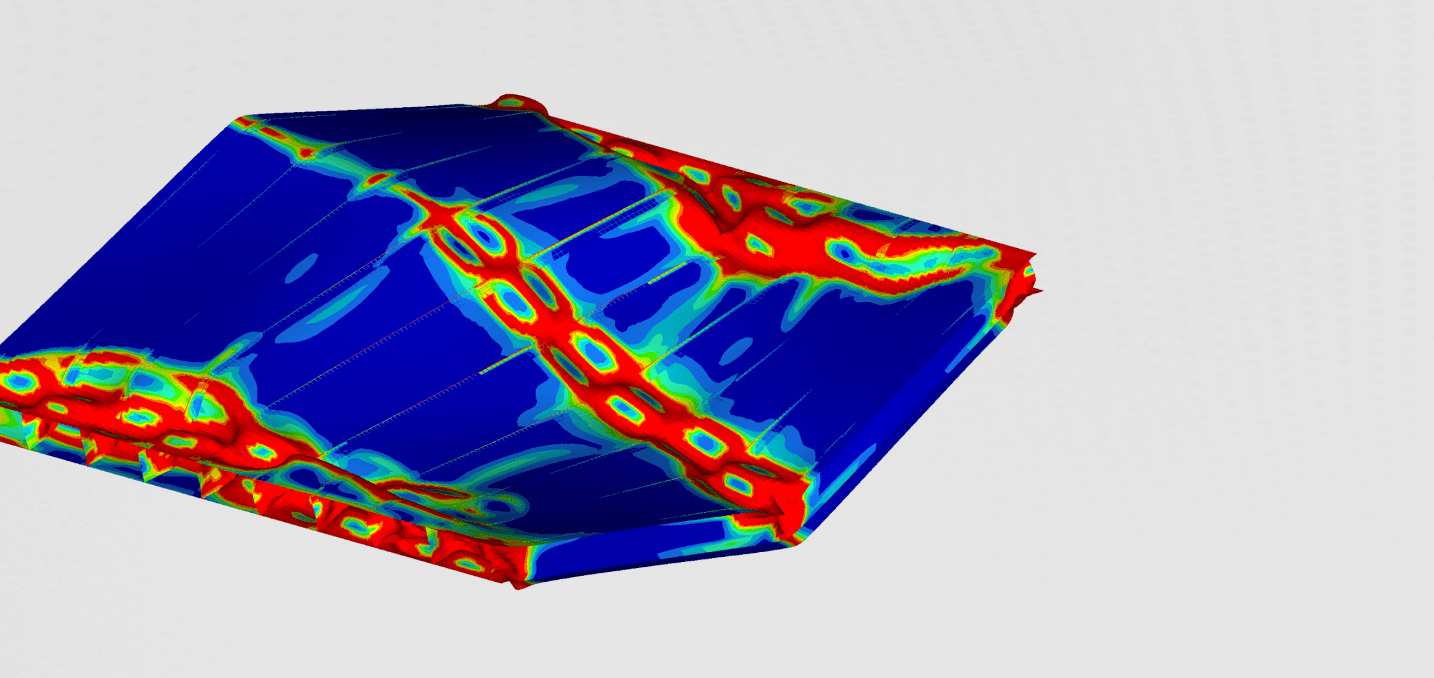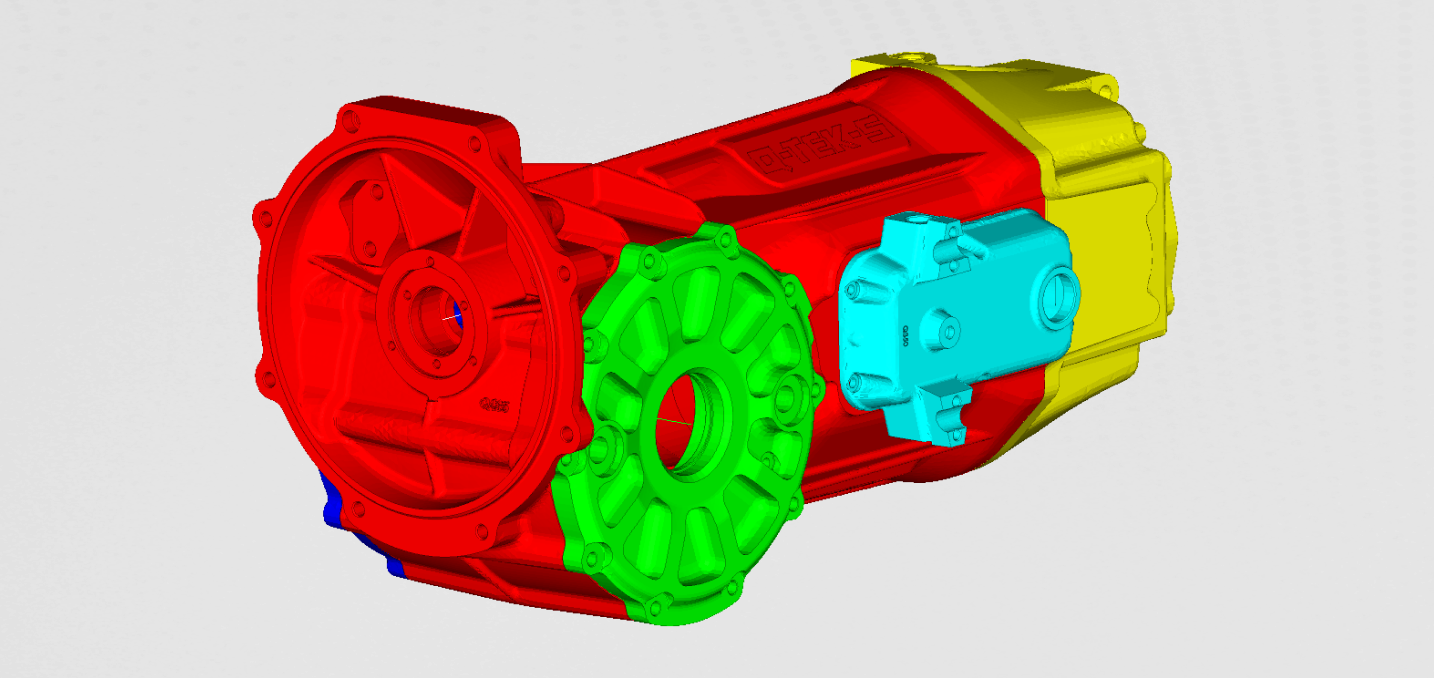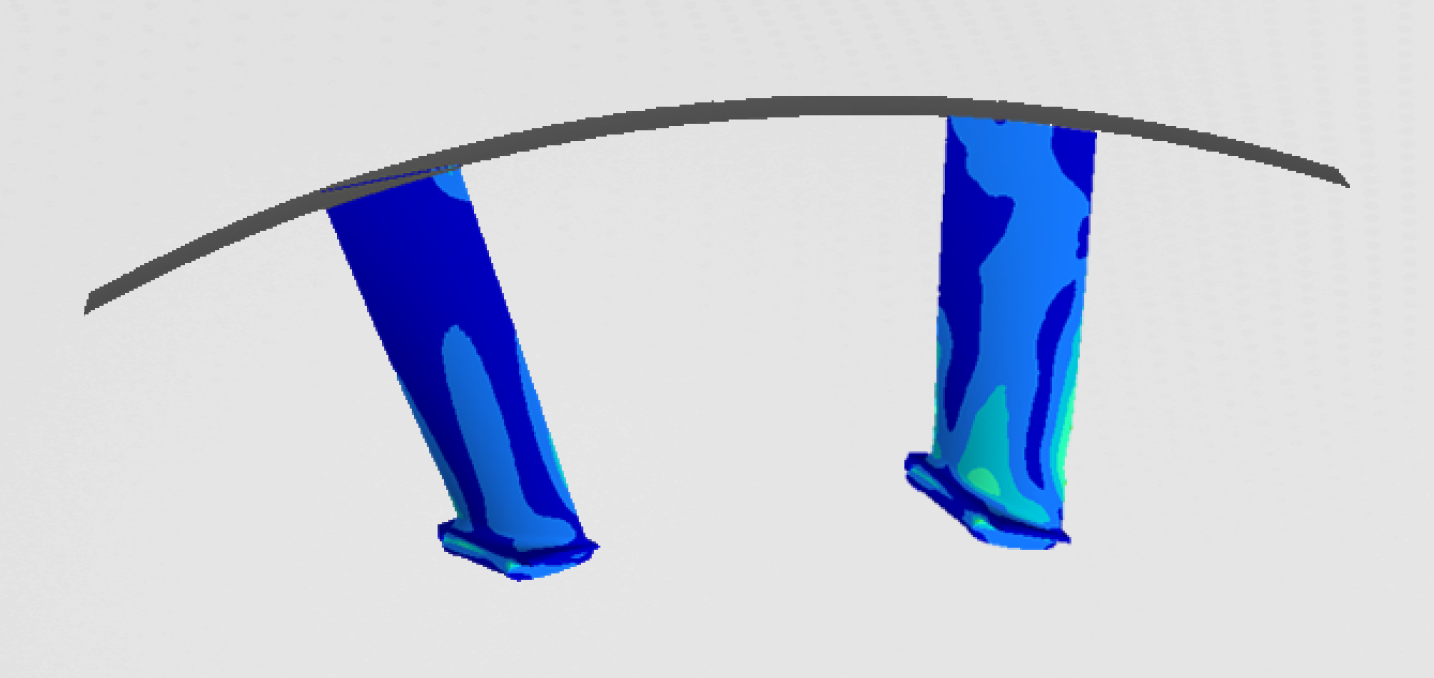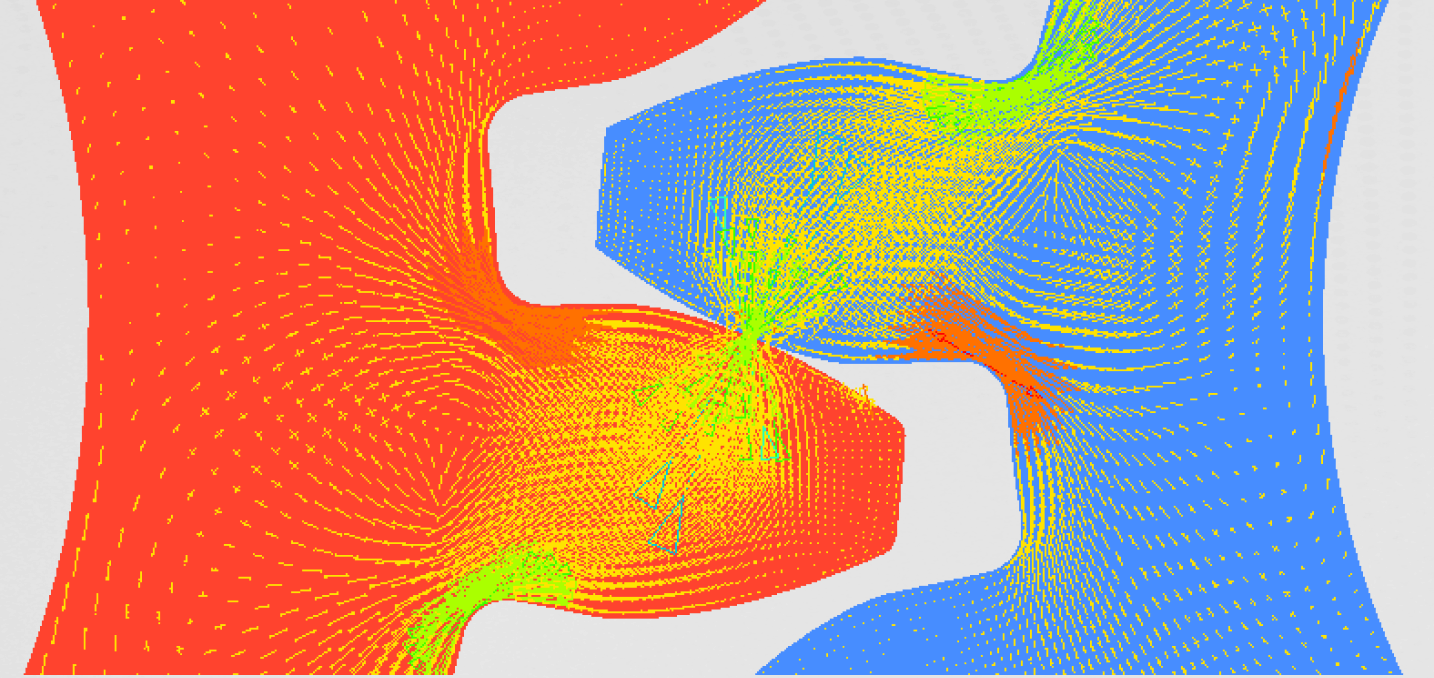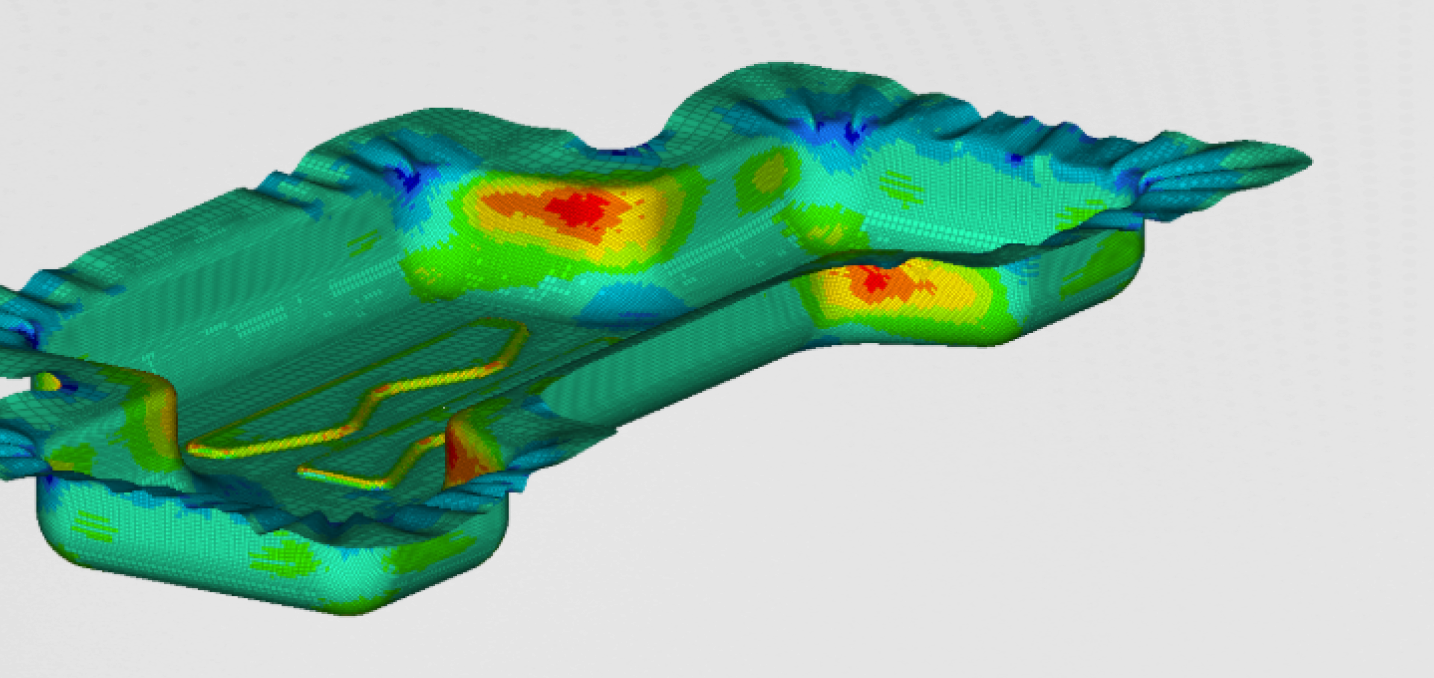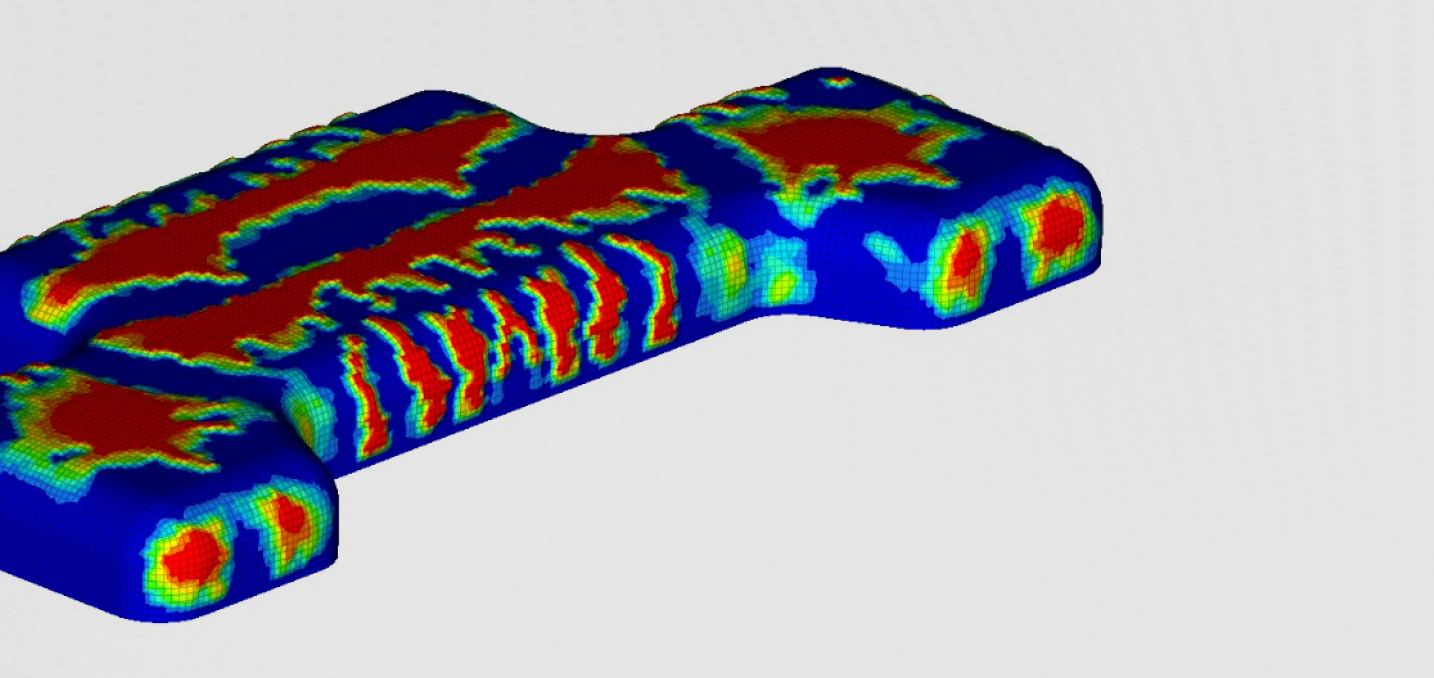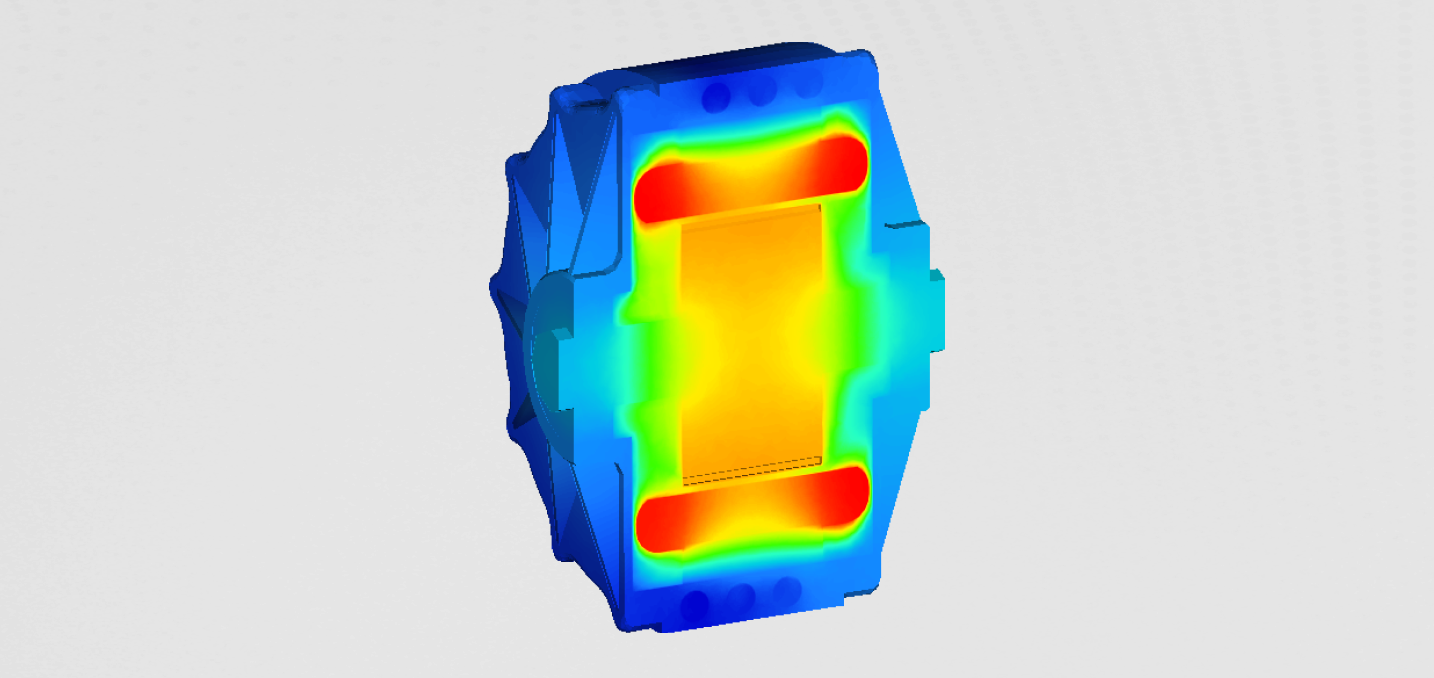Introduction
Crankshafts are one of the most important components in the majority of modern propulsion systems. They help transfer the linear movement of the piston to the rotational movement of the shaft. Crankshafts are subjected to high loads during the operation. Besides high structural loading, they are also subjected to high thermo-mechanical loads. In this case study, we will cover the dynamic simulation of the crankshaft.
Geometry and mesh
The crankshaft geometry was taken from a 6 cylinder engine, which had the cylinders arranged linearly. Our goal was to mesh the geometry with hexahedral elements only. The hexahedral mesh is preferable for a variety of reasons:
- It takes two to three times fewer elements to mesh the same volume, compared to tetrahedral mesh.
- The convergence is faster and more stable.
- We can consider first-order elements. With tetrahedral mesh, we would most likely have to use a second-order element formulation.
.png)
.png)
Loads and boundary conditions
The analysis consisted of two parts. In the first part, we were only interested in the eigenfrequencies of the crankshaft. For the eigenfrequency analysis, the crankshaft was unconstrained. In the second part of the analysis, we performed a transient analysis at 6000 RPM. Boundary conditions were set follows:
- Constraints representing the bearings.
- Contact between the crankshaft and connecting rod.
- Contact between the connecting rod and the cylinder
- The movement of the piston was restrained in all DOF except vertical displacement.
Load was set in the form of pressure on the cylinder. Since we did not want to simulate the run up to 6000RPM, initial conditions in the form of angular and translational velocity were assigned.
Results
Natural frequencies
Load was set in the form of pressure on the cylinder. Since we did not want to simulate the run up to 6000RPM, initial conditions in the form of angular and translational velocity were assigned.
.png)
.png)
.png)
.png)
Transient simulations
In the case of transient response, we were mostly interested in stresses and strains as well as contact pressures.
.png)

.png)

